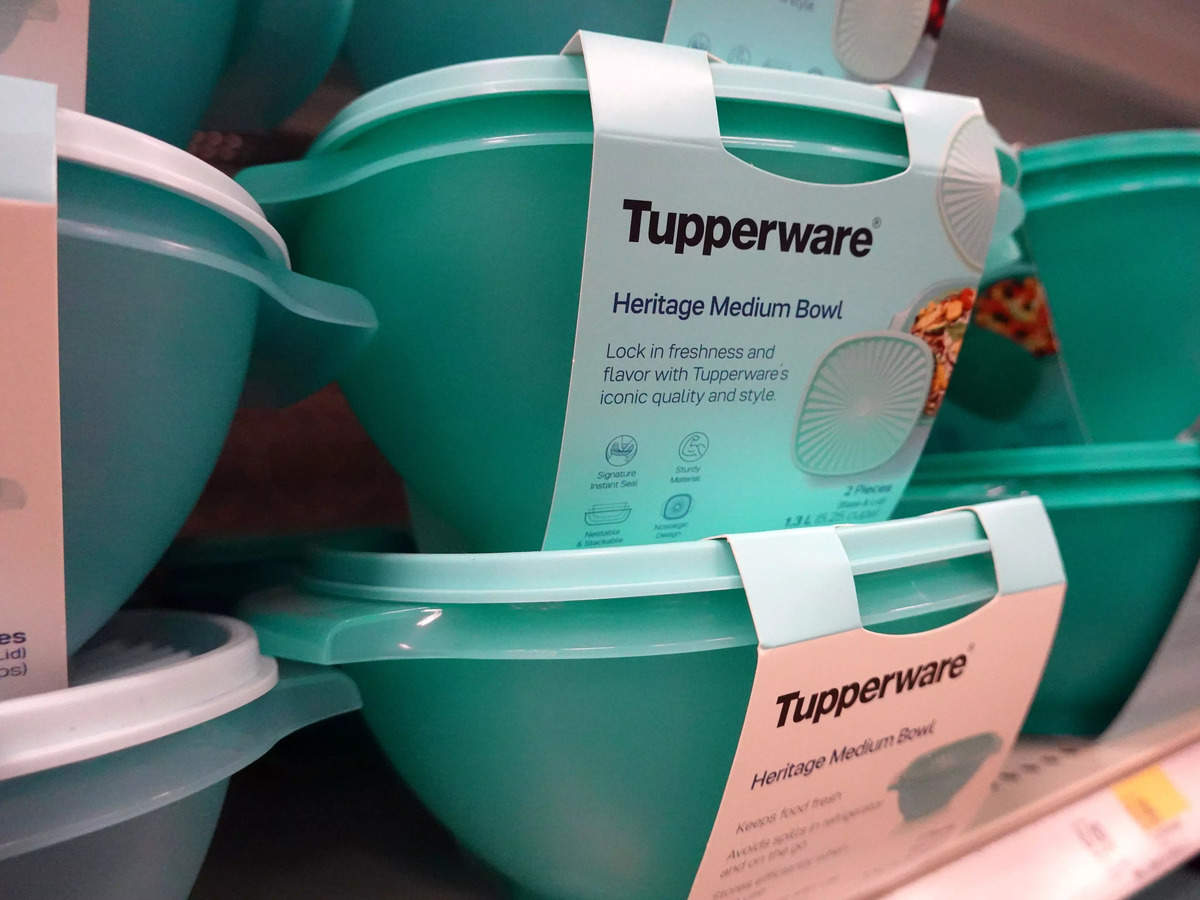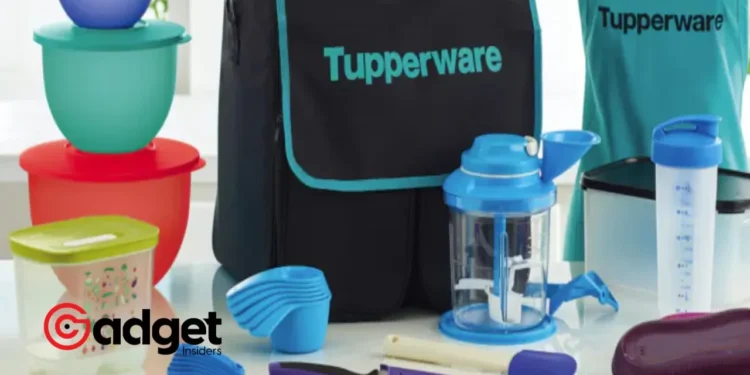In the sprawling landscape of home goods and direct-to-consumer sales, few names have been as synonymous with kitchen organization and party planning as Tupperware. A brand that could once stand shoulder to shoulder with giants like Coca-Cola and Sears, Tupperware’s journey from a pioneering direct-sales company to a brand facing “substantial survival concerns” is a tale woven with ambition, controversy, and the harsh realities of modern commerce.
This story isn’t just about plastic containers; it’s a saga that delves deep into the world of multi-level marketing (MLM), the challenges of evolving business models, and the stark financial realities threatening the very existence of a household name.

The MLM Model Unpacked
Before the digital revolution, buying directly from a manufacturer often meant interacting with a door-to-door salesman. This was especially true for higher-end items like vacuums, where a live demonstration could make or break a sale.
However, many companies, including Tupperware, adopted the MLM model—a strategy where profits aren’t just from direct sales but are heavily reliant on recruiting others to join the sales force. While this model presents itself as a lucrative opportunity, it’s fraught with challenges for the average salesperson, often requiring them to buy into the product literally and metaphorically.
In a critical 2016 episode of HBO’s “Last Week Tonight,” John Oliver shed light on the complexities and pitfalls of MLMs. Oliver explained the dual-income streams in MLMs: selling the product and, more lucratively, recruiting others to sell under you. The sustainability of this model has been long debated, with Oliver highlighting the fine line between a legitimate business and a pyramid scheme.
Daily Mail Financial analysis of Tupperware. pic.twitter.com/dpg2e3oetM
— Alastair Wainwright (@AlDoubleU) April 14, 2023
Tupperware’s Tumultuous Tide
Despite being a household name, akin to the recognition of Kleenex or Coca-Cola, Tupperware’s financial and operational woes have been mounting. A late 2022 study cited by Good Bad Marketing painted a grim picture, suggesting that the company’s business model, while legal, poses significant challenges for its sales reps, most of whom rely more on recruitment than actual sales.
This is compounded by startling statistics indicating that only a minuscule fraction of representatives earn a substantial income. Recent revelations have only added to the company’s woes. Tupperware’s admission of its inability to file its annual report punctually and its acknowledgment of “substantial doubt” regarding its ongoing viability has sent shockwaves through the industry.
With a reported loss of $122.5 million in its most recent quarter and liabilities far exceeding its assets, the brand’s future is uncertain at best. The company’s internal struggles with financial reporting, coupled with the broader issue of an accounting talent shortage, have not helped matters.
The transition from PricewaterhouseCoopers to KPMG as its auditor, against a backdrop of significant financial and operational challenges, underscores the precarious position Tupperware finds itself in.

A Brand at the Crossroads
Tupperware’s story is emblematic of the challenges faced by direct-sales companies in adapting to the digital age and evolving consumer expectations.
As the company grapples with its identity and business model, the broader narrative encompasses the complexities of MLMs, the necessity for transparent and sustainable business practices, and the relentless pursuit of financial stability in a rapidly changing market landscape.
Tupperware’s path forward is fraught with challenges, but it also presents an opportunity for reinvention and adaptation. As the company endeavors to navigate these turbulent waters, the lessons learned could illuminate the pitfalls of MLMs and the imperative for innovation and integrity in direct sales.
Tupperware’s saga, while unique, is a cautionary tale that resonates across the landscape of modern commerce, reminding us of the delicate balance between ambition, ethics, and sustainability.










